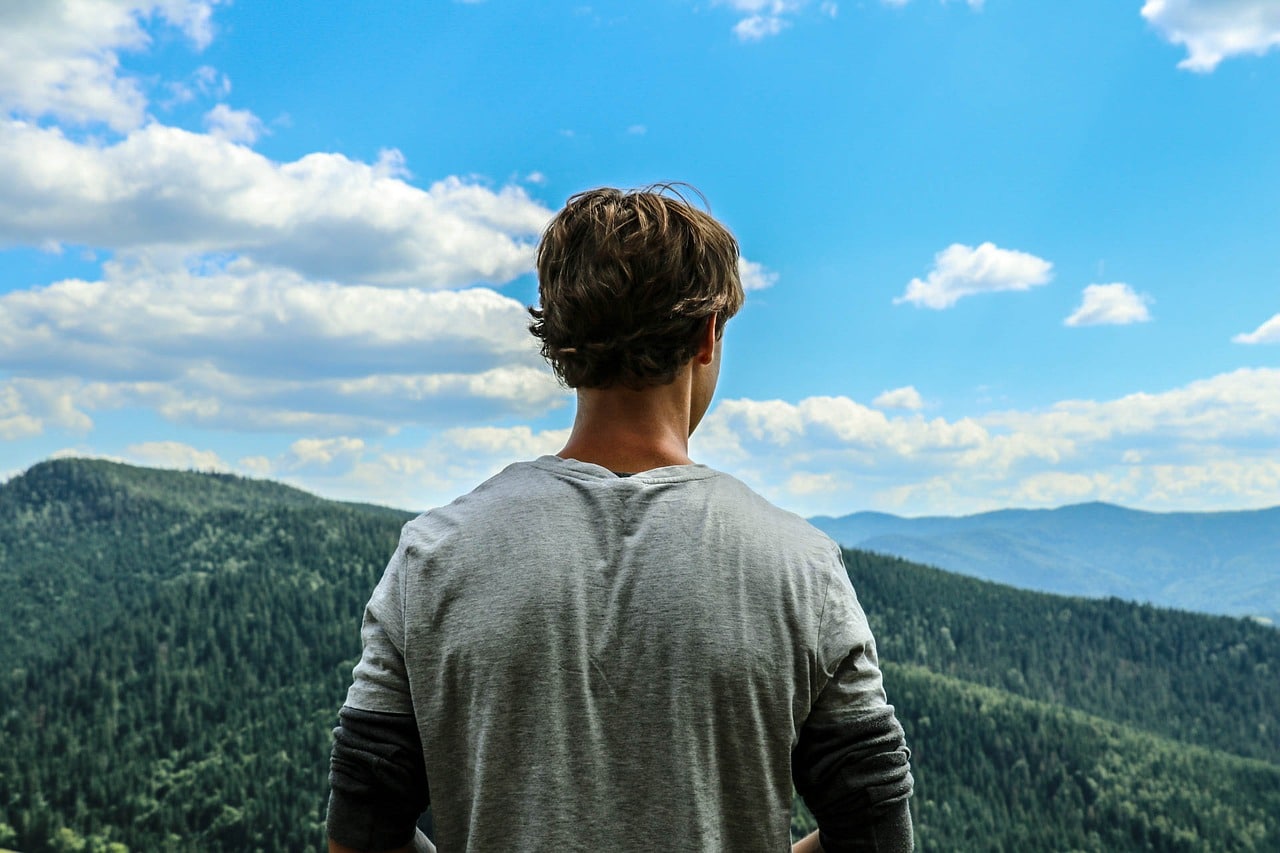
With marijuana legalized in more areas, how do we navigate this new world? Image Source: Flickr user Cortto.
My roommate is a 61-year old man who has never smoked in his life—not even a puff of a cigarette—but recently he started using cannabis edibles. A runner all his life, Jack has always been against smoking or inhaling anything, but when marijuana was legalized last year in our home of Portland, Oregon, he was interested to see if edible cannabis could help treat the migraines that have plagued him for years.
Jack’s story is not an uncommon one. He could potentially benefit from the therapeutic use of cannabis—and his migraines probably would have qualified him for medical marijuana long ago—but didn’t want to go through the hassle of getting a medical card. Now that recreational cannabis is legalized in eight states (and twenty-six have some form of legalized medical marijuana), it’s a lot easier to find high-quality cannabis. But the new world of legalized marijuana can feel a bit like the Wild West. What are the rules for living and working? How do you learn to use cannabis therapeutically? And how will your family, coworkers, and neighbors—or your landlord—feel about it?
First, it’s important to understand that the line between recreational and medicinal cannabis is more of a legal one than an experiential one—even if you buy marijuana recreationally, you can still use it therapeutically. With legalization, now you can choose to use cannabis to relax with friends on a Friday night, yes, but you can also employ a high-CBD strain after a backpacking trip for its antiinflammatory properties or take small doses if you find yourself in a depressive slump. But if you’re new to the world of marijuana, it’s helpful to first take some pointers from experts on how to follow safe, responsible practices while using the plant medicine therapeutically.
Living and Working with Marijuana
Currently, adults over the age of twenty-one living in Colorado, Washington, Oregon, Alaska, California, Nevada, Massachusetts, Maine, and the District of Columbia can buy and use marijuana recreationally. Most of these states allow you to possess up to an ounce of marijuana, but the law varies from state to state (for example, Oregon allows people to possess up to eight ounces), so check your local laws carefully.
- Living: You can use cannabis in private places, but not in public. While there are some privately owned business that allow marijuana, this typically means that cannabis use is restricted to your home. This is easy enough if you own your house, but what if you rent? If you live in a rental house or in a mobile home park, landlords and owners have the right to ban the use and/or cultivation of marijuana on their property, but there has to be a clause in the lease specifically stating that.
- Working: To understand the basics of working and using marijuana, you can compare it to alcohol. You can’t come to work under the influence of marijuana, and you can’t use it on work property. As for using it outside of work, your company can still prohibit the general use of marijuana—meaning you can still be fired if your drug test comes back positive for cannabis, so check the specific rules at your workplace.
Be prepared to explain your personal reasons for using marijuana to your landlord or boss, and educate yourself on the various therapeutic benefits of cannabis—spreading information about safe, medicinal use is ultimately how we’ll shed the long-held stigmas regarding marijuana.
Finding Therapeutic Outlets for Marijuana
Once you know the legal ins and outs of using marijuana, it’s time to start exploring the world of therapeutic cannabis use. If you’re feeling a little intimidated—or even if you’re not—it’s smart to seek the guidance of a professional who can help you with dose, setting intentions, and how best to use cannabis for treating whatever specific area you wish to focus on.
There are many ways to use cannabis therapeutically, but here are some ideas to get you started:
- Exercise: One therapeutic use of cannabis that’s starting to crop up is in conjunction with your yoga or meditation practice. Using cannabis to enhance a yoga practice “helps students tune out their racing thoughts and pain points,” as teacher and author of Ganja Yoga Dee Dussault described it. Indeed, there are cannabis yoga classes opening up across the country, particularly on the West Coast. People also have had positive experiences using cannabis to enhance other forms of exercise, including martial arts and cycling.
- Edibles: If, like Jack, you have an aversion to smoking or inhaling a substance, edibles are a good alternative, but be careful with the dose—edibles are famous for having a strong effect, which is often felt more in your body than the traditional method of smoking. This makes them a good choice for treating pain or bodily discomfort. In some cities, personal chefs are even starting to use cannabis to enhance flavor profiles in cooking.
- Spiritual Practices: Perhaps the most interesting—and least explored—therapeutic outlet for cannabis is in your spiritual practice (even the yoga classes mentioned above focus more on the physical and mental benefits, as opposed to the spiritual). It’s not as common these days to hear the words “sacred plant” thrown around when talking about cannabis, but cultures in Asia, Africa, and the Middle East have used it for shamanic or spiritual purposes for centuries. Modern-day shamans like Hamilton Souther, creator of 420 Ceremonies, urge people to treat cannabis like ayahuasca or any other sacred plant. Souther encourages people to experiment with the use of cannabis, meditation, and “flowing music,” similar to a holotropic breathwork session. To avoid risk of abuse, Souther says that intention is key to gaining therapeutic benefits from cannabis, just like with any psychedelic experience.
Shifting Attitudes About Cannabis
Back to Jack. Growing up in the 60’s and 70’s, Jack was staunchly against smoking marijuana, partly because he didn’t want to damage his lungs and partly because—as he remembers it—“all the potheads on the track team were lazy.” But in the decades since, he started hearing more about the medicinal benefits of cannabis, from friends and from natural medicine professionals, and his attitude started to shift.
We’ve seen this change in consciousness around the nation—more people than ever support legalizing cannabis for medicinal or therapeutic purposes—but that doesn’t mean attitudes have changed overnight. It’s expected that some people will still have a stigma against marijuana, and it’s important to be patient and have an open attitude toward those who still think of cannabis as a risky, gateway drug. If cannabis has recently been legalized in your state, check out some ways to support responsible usage and take opportunities to educate others. Having an open exchange will be imperative in moving our country into a new face of acceptance and respect for the powerful healing properties of psychedelics.










Let’s open our minds about cannabis. It is very therapeutic!
Seeking professional help is a must!
Cannabis is definitely super versatile, offering users plenty of different methods that match up with their needs, preferences, and lifestyle. Doesn’t get any better than that!